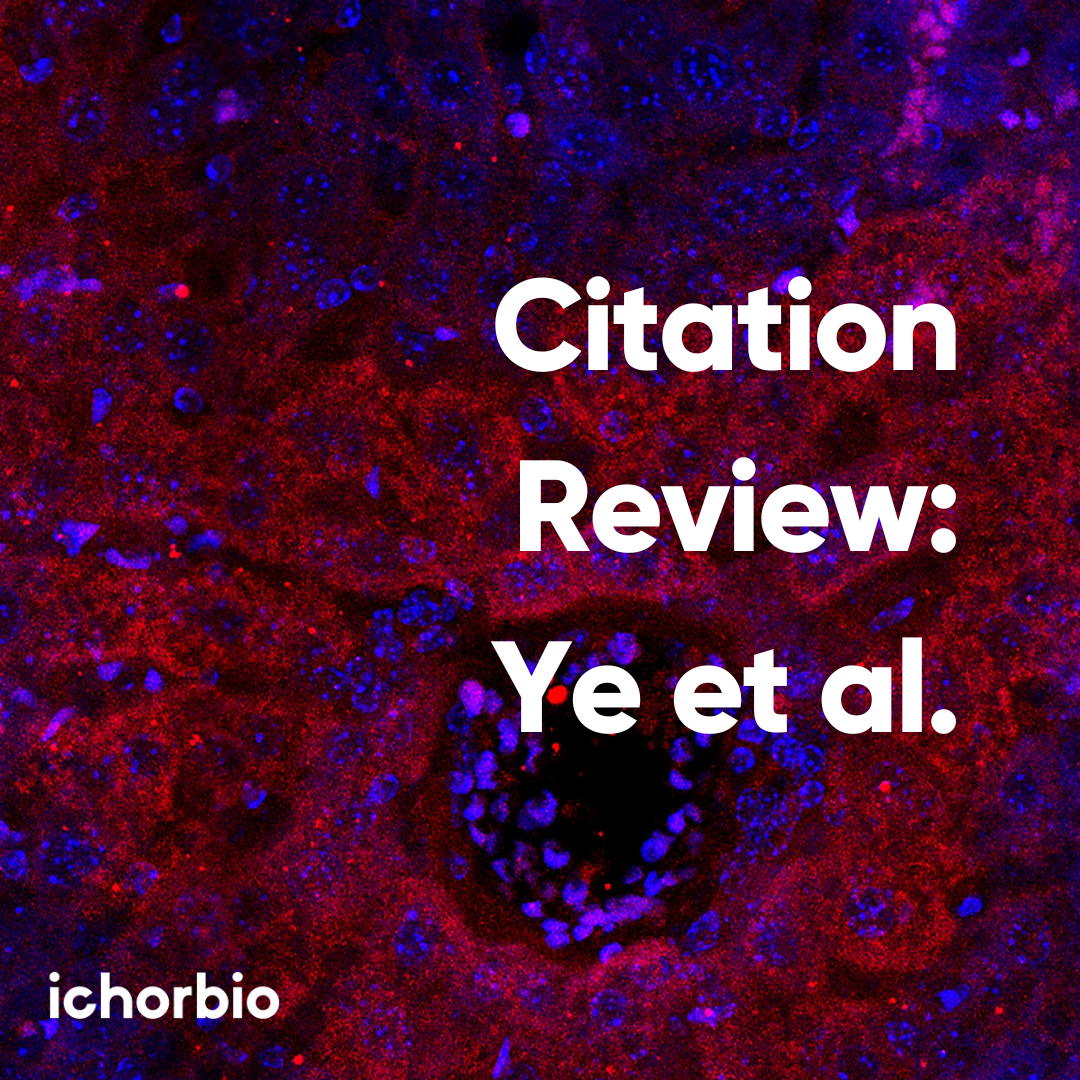Interleukin-9 Expressing Oncolytic Vaccinia Virus Transforms Tumor Microenvironment and Elicits Potent Antitumor Effects in Combination with CTLA-4 Blockade

Intratumoral Delivery of Interleukin 9 via Oncolytic Vaccinia Virus Elicits Potent Antitumor Effects in Tumor Models
by Junjie Ye, Lingjuan Chen, Julia Waltermire, Jinshun Zhao, Jinghua Ren, Zongsheng Guo, David L. Bartlett, and Zuqiang Liu
Cancers 2024, 16(5), 1021
https://doi.org/10.3390/cancers16051021
Introduction
Researchers at Allegheny Health Network have developed an oncolytic vaccinia virus (oVV) engineered to express interleukin-9 (IL-9). They've demonstrated its ability to effectively alter the tumor microenvironment and induce powerful antitumor responses, particularly when used alongside an anti-CTLA-4 antibody.
The IL-9 expressing oVV called vvDD-IL-9, was able to successfully deliver IL-9 into the tumor in mouse models of colon and lung cancer. Compared to the parental virus vvDD, treatment with vvDD-IL-9 led to:
- Significantly increased infiltration of CD4+ and CD8+ T cells into tumors
- Decreased levels of immunosuppressive myeloid-derived suppressor cells (MDSCs)
- Elevated expression of Th1 chemokines CXCL9, CXCL10, CXCL11, and antitumor factors like IFN-γ, granzyme B, and perforin
This suggests that vvDD-IL-9 successfully converted the tumor microenvironment from one that suppresses the immune system to one that stimulates it. Consequently, treatment with vvDD-IL-9 led to strong antitumor responses and notably prolonged survival rates compared to both the parental virus and the PBS control group.
Interestingly, vvDD-IL-9 also increased the number of regulatory T cells (Tregs) in tumors as well as the expression of the immune checkpoint molecule CTLA-4, which can mediate the immunosuppressive function of Tregs. This suggested combining vvDD-IL-9 with a CTLA-4 blocking antibody could further enhance antitumor immunity.
Indeed, when vvDD-IL-9 was combined with an anti-CTLA-4 antibody from ichorbio anti-CTLA-4 Ab (clone 9D9; ICH1096; 200 µg/injection), it induced superior antitumor effects compared to either agent alone. Mice receiving the combination therapy had a median survival of 60 days, significantly longer than 43 days with vvDD-IL-9 alone or 45 days with vvDD plus anti-CTLA-4.
Importantly, mice cured by the combination therapy developed systemic tumor-specific immunity, as they completely rejected a re-challenge with the same colon cancer cells but not unrelated melanoma cells. This indicates the treatment can induce long-term immune memory.
In Conclusion
Incorporating IL-9 into oncolytic viruses represents a promising avenue for reshaping the tumor microenvironment and bolstering strong antitumor responses. Pairing these IL-9-equipped oncolytic viruses with CTLA-4 blockade, such as through ichorbio's anti-CTLA-4 antibody, has demonstrated considerable potential in enhancing treatment effectiveness and extending survival rates.
Given these promising outcomes, further efforts should focus on translating this combination strategy into clinical settings to offer improved therapeutic outcomes for cancer patients.









